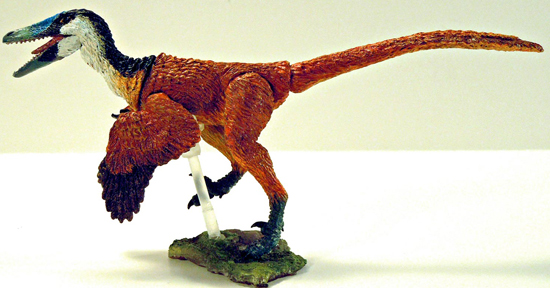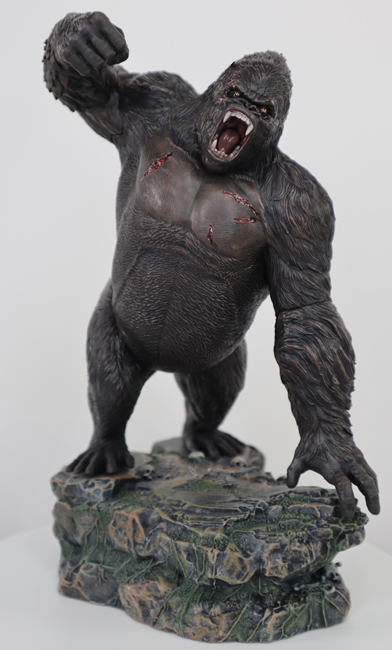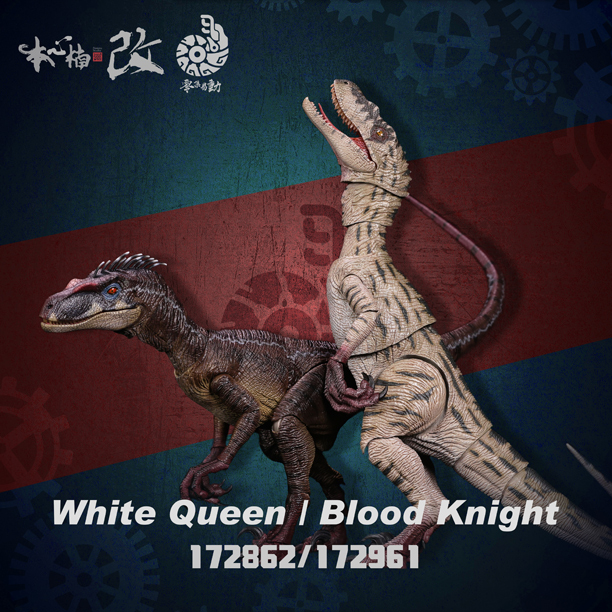Scientists have described a new unenlagiine theropod taxon from Argentina. The new dinosaur has been named Diuqin lechiguanae. Its fossils come from the Bajo de la Carpa Formation of the Neuquén Basin of Neuquén Province in northern Patagonia. Diuqin lechiguanae has been described from fragmentary postcranial remains. A broken tooth tentatively assigned to a megaraptor was found in close proximity to the specimen. The left humerus (upper arm bone) has two, distinct puncture marks. These marks have been interpreted as possible evidence of predation or post-mortem feeding traces on the Diuqin carcase.

Diuqin lechiguanae life reconstruction. Picture credit: Hannah Jones and Andrew McAfee.
Diuqin lechiguanae
This carnivorous theropod measured around 2.5 to 3 metres in length. The researchers identified a suite of unique anatomical characters. This enabled them to confidently erect a new taxon. Diuqin lechiguanae had hollow bones, and probably a long snout and jaws lined with short, but sharp teeth.
The genus name is derived from the language of the indigenous Mapuce people. It translates as “bird of prey”. The species name comes from “Lechiguana”, a witch in the 1975 horror film “Nazareno Cruz y el Lobo”. This film was directed by the eminent Argentinian filmmaker Leonardo Favio. The binomial scientific name translates as “Lechiguana’s bird of prey”.
D. lechiguanae is the first unenlagiine to be described from fossils associated with the Bajo de la Carpa Formation. It lived around 85 million years ago (Santonian faunal stage of the Late Cretaceous). As such, it helps to plug a gap of several million years in the unenlagiine fossil record. This new dinosaur provides a fresh perspective on the evolution of theropods towards the origin of today’s birds.
The Unenlagiinae Subfamily
The Unenlagiinae are an enigmatic subfamily of theropod dinosaurs closely related to birds. Most palaeontologists consider them to be a subfamily of the Dromaeosauridae. However, their taxonomy remains controversial and more fossil discoveries may challenge this view. For example, a revision based on a more complete phylogenetic analysis could lead to their separation from the dromaeosaurids and the establishment of the family Unenlagiidae.
The oldest known unenlagiine described to date is Buitreraptor gonzalezorum. Buitreraptor was named and described in 2005. Four fossil specimens of B. gonzalezorum were excavated from deposits associated with the Candeleros Formation (northern Patagonia). It is believed to have roamed Argentina approximately 98 million years ago (early Cenomanian faunal stage of the Late Cretaceous). The geologically youngest unenlagiine is the six-metre-long Austroraptor cabazai which, like Buitreraptor is known from fossils found in the Neuquén Province of Argentina. Its fossils are associated with the Allen Formation. Austroraptor lived around seventy million years ago.

A model of Buitreraptor gonzalezorum from the Beasts of the Mesozoic Wetlands Accessory Pack.
The model (above) is a representation of Buitreraptor gonzalezorum, the oldest unenlagiine theropod described to date. The figure is from the Beasts of the Mesozoic articulated models range.
To view the range of Beasts of the Mesozoic figures in stock: Beasts of the Mesozoic Figures.
The Unenlagiinae subfamily was erected in 1999 by the distinguished Argentinian palaeontologist José Bonaparte (1999). It consists of several genera of small to medium-sized theropods and for the time-being they are confined to the southern portion of the Gondwana landmass (Antarctica and South America). Their geographical and temporal distribution may change as fossil specimens from Europe, North America, Madagascar and Australia have been putatively assigned to the Unenlagiinae.
Diuqin lechiguanae and Other South American Theropods
Other dromaeosaurids from Neuquén Province include Pamparaptor micros, Unenlagia paynemili and Neuquenraptor argentinus. Both Unenlagia and Neuquenraptor are assigned to the Unenlagiinae, whilst the taxonomic placement of Pamparaptor as a member of the Unenlagiinae subfamily remains uncertain.
To read an article from 2021 about the discovery of an unenlagiine theropod from south-eastern Brazil (Ypupiara lopai): New Fish-eating Dinosaur from Brazil.
For an article describing a basal member of the Dromaeosauridae from Mongolia (Halszkaraptor escuilliei) that led to a revision of the Dromaeosauridae family: The Remarkable Halszkaraptor.
An article on the bizarre and possibly semi-aquatic Natovenator polydontus that illustrates the diversity of the Dromaeosauridae: New Research Suggests that Natovenator Hunted Fish.
Everything Dinosaur acknowledges the assistance of Dr Juan Porfiri (Universidad Nacional del Comahue, Buenos Aires) in the compilation of this article.
The scientific paper: “Diuqin lechiguanae gen. et sp. nov., a new unenlagiine (Theropoda: Paraves) from the Bajo de la Carpa Formation (Neuquén Group, Upper Cretaceous) of Neuquén Province, Patagonia, Argentina” by Juan D. Porfiri, Mattia A. Baiano, Domenica D. dos Santos, Federico A. Gianechini, Michael Pittman and Matthew C. Lamanna published in BMC Ecology and Evolution.
The award-winning Everything Dinosaur website: Dinosaur Models and Toys.


















